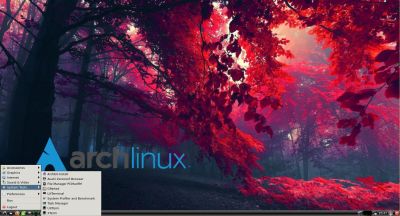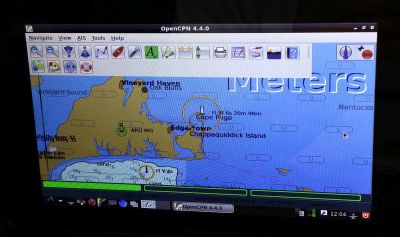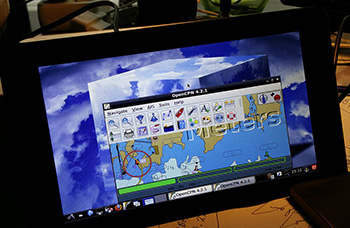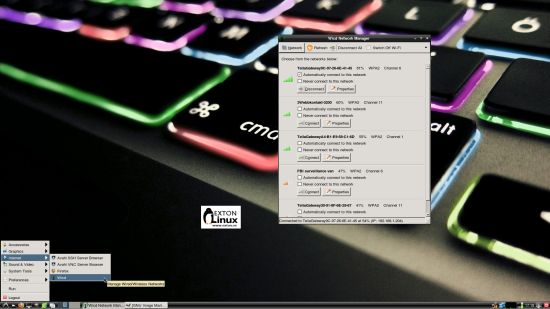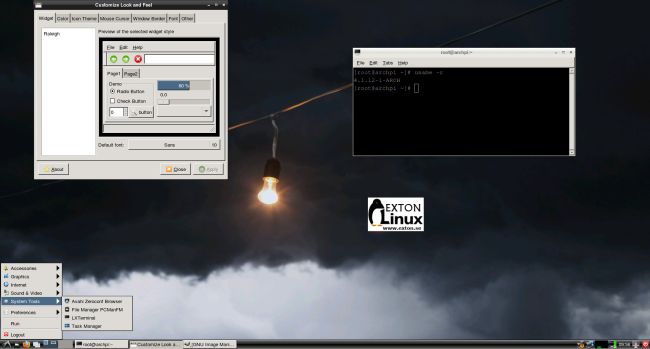 NEWS 161019 about RaspEX LXDE for Raspberry Pi 3 and Pi 2
NEWS 161019 about RaspEX LXDE for Raspberry Pi 3 and Pi 2
I have upgraded the whole system and replaced the old kernel 4.1.20 with kernel 4.4.21. RaspEX Build 161019 is a Linux ARM system for Raspberry Pi 3 and Pi 2. It is based on Debian Jessie (Debian 8.6), Ubuntu Yakkety Yak (Ubuntu 16.10, released 161013) and Linaro (Open Source software for ARM SoCs). In this new version (161019) I’ve installed Wicd Network Manager and replaced Chromium with Firefox with better support for YouTube. I have also installed Samba and VNC4Server so you can connect to your Windows computers in your Home Network and/or control RaspEX on your Raspberry Pi 3 or Pi 2 from your Windows computers with VNC Viewer and/or PuTTY (Telnet and SSH client). Furthermore some extra Network Tools, Midori Private Browser, SMTube (YouTube browser which allows to browse, search and play YouTube videos) and PulseAudio for better sound in YouTube. Study all installed packages in RaspEX Build 161019.
The Raspberry Pi 3 is the third generation Raspberry Pi. It replaced the Raspberry Pi 2 Model B in February 2016.
Compatibility :: October 2016
Unfortunately not all systems made for Raspberry Pi 2 will run on the new Pi 3. They need to be upgraded with a new kernel. I therefore have to upgrade the systems I distribute. I.e. RaspEX with LXDE, RaspEX with Kodi, RaspEX with OpenCPN, RaspAnd Marshmallow, RaspAnd Lollipop and RaspArch. I have now (161019) upgraded all systems. Read about the new Raspberry Pi 3…
Why shall I use RaspEX?
Eight Operating Systems are recommended by Raspberrypi.org. Among them Noobs, Raspbian (Debian Jessie) and Snappy Ubuntu Core. RaspEX is faster (“fast as lightning”), more useful and more fun to use. (In my opinion). One member at this site thought that running RaspEX (for Raspberry Pi 2) was like running Raspberry Pi on “steroids“. RaspEX Build 161019 and 160426 are (of course) even faster, especially if you run the systems on a Raspberry Pi 3 computer.
SCREENSHOTS
Screenshot 1 – RaspEX connected to Windows via Samba
Screenshot 2 – RaspEX connected to Windows via PuTTy
Screenshot 3 – RaspEX “running on” Windows with VNC-viewer
Screenshot 4 – RaspEX running Midori Private Browser
Screenshot 5 – RaspEX using Pavucontrol (for sound)
Screenshot 6 – RaspEX running SMTube (search and watch YouTube videos)

